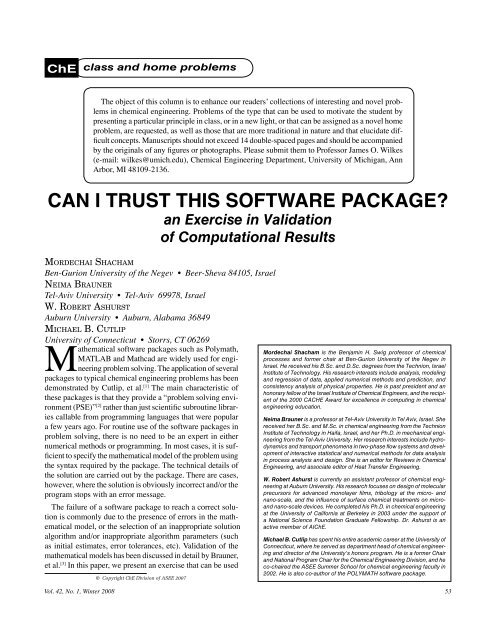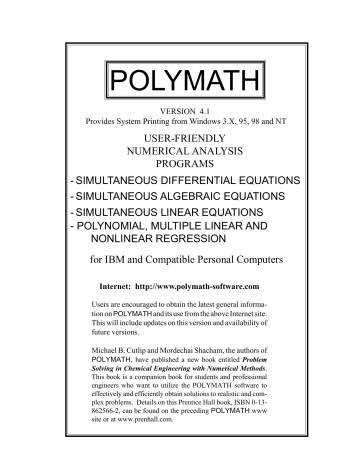

- POLYMATH SOFTWARE MANUAL UPDATE
- POLYMATH SOFTWARE MANUAL MANUAL
- POLYMATH SOFTWARE MANUAL VERIFICATION
Issuer Notices ↓ Events used for the dissemination of information from the issuer to position holders, but that result in no change to either the securities or cash position of the position holder.Re-organizations ↓ Events that reshape or restructure the position holder’s underlying securities position, possibly also combining a cash element.Benefits ↓ Events (predictable and non-predictable) that result in an increase to the position holder’s securities or cash position, without altering the underlying security.Types of corporate actions managed on Polymesh:

POLYMATH SOFTWARE MANUAL MANUAL
With all stakeholders working from the same instructions and looking at the same record, the process can move from one stage to the next without manual intervention, ‘broken telephone’ errors are significantly reduced, and issuers and investors get faster access to decision-critical position updates.

POLYMATH SOFTWARE MANUAL UPDATE
The issuer inputs a few details to create a corporate action-from there, the engine will determine entitlements, schedule the communications*, distribute capital (if required), and update records. Polymesh automates the corporate actions lifecycle so that custodians can increase efficiency and decrease errors and overhead. As a permissioned chain, transactions on Polymesh are validated by verified capital market participants that meet specific criteria.
POLYMATH SOFTWARE MANUAL VERIFICATION
Stage 1 - Verification ↓ Firstly, every user validates their identity through a basic customer due diligence (CDD) process that verifies their name, date of birth, and place of residence in real-time.This modular two-stage approach to identity verification allows for efficient onboarding as well as specific checks. Polymesh streamlines this process by creating a single identity on the chain for each real-world individual or organization and then attaching attestations to their identity as needed. Compliance and convenience Identity VerificationĪnonymity is a key principle of many blockchains, but this ethos makes it very difficult to meet compliance requirements around identity verification and to fulfill Know-Your-Customer (KYC) obligations.


 0 kommentar(er)
0 kommentar(er)
